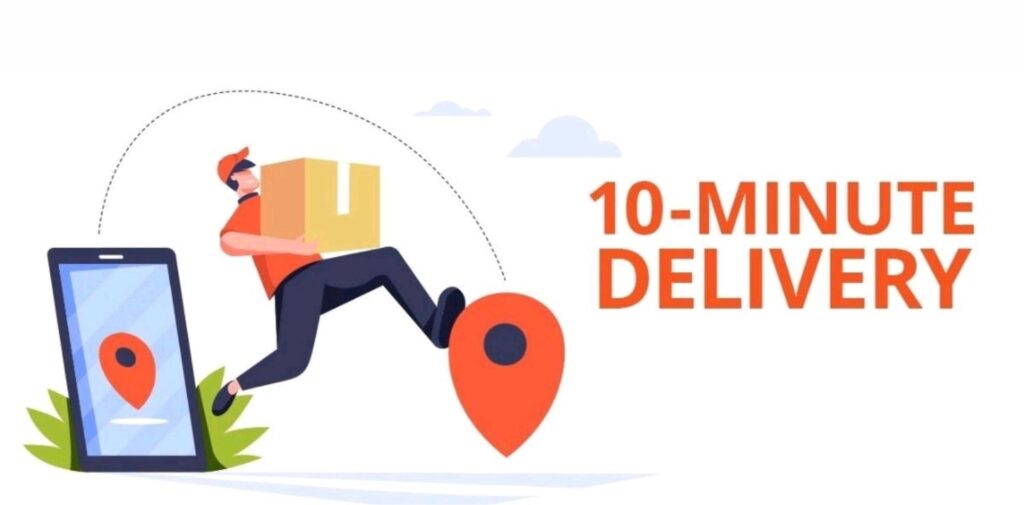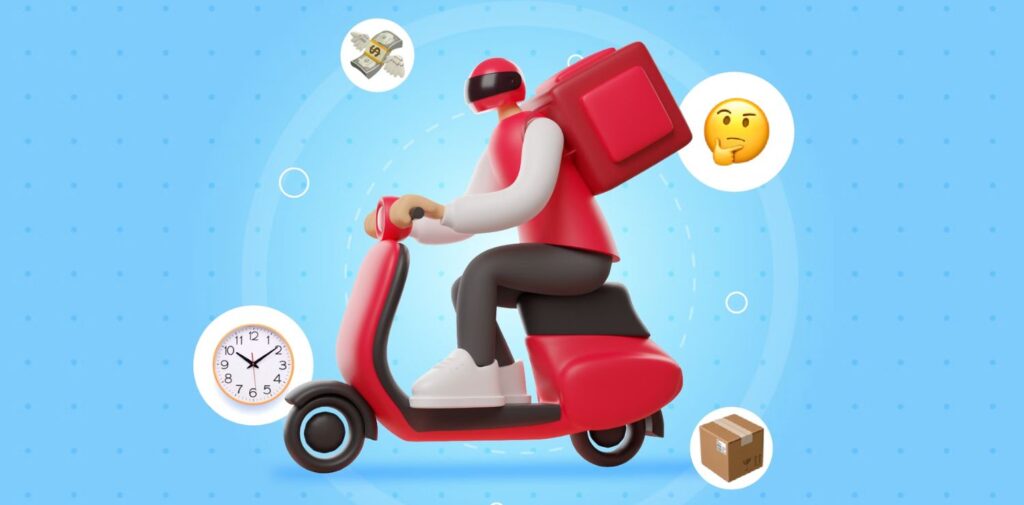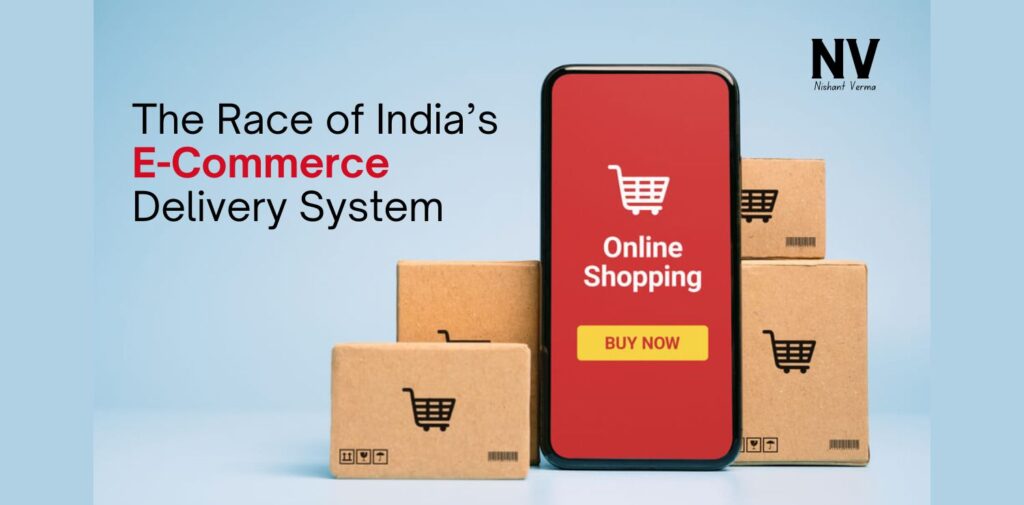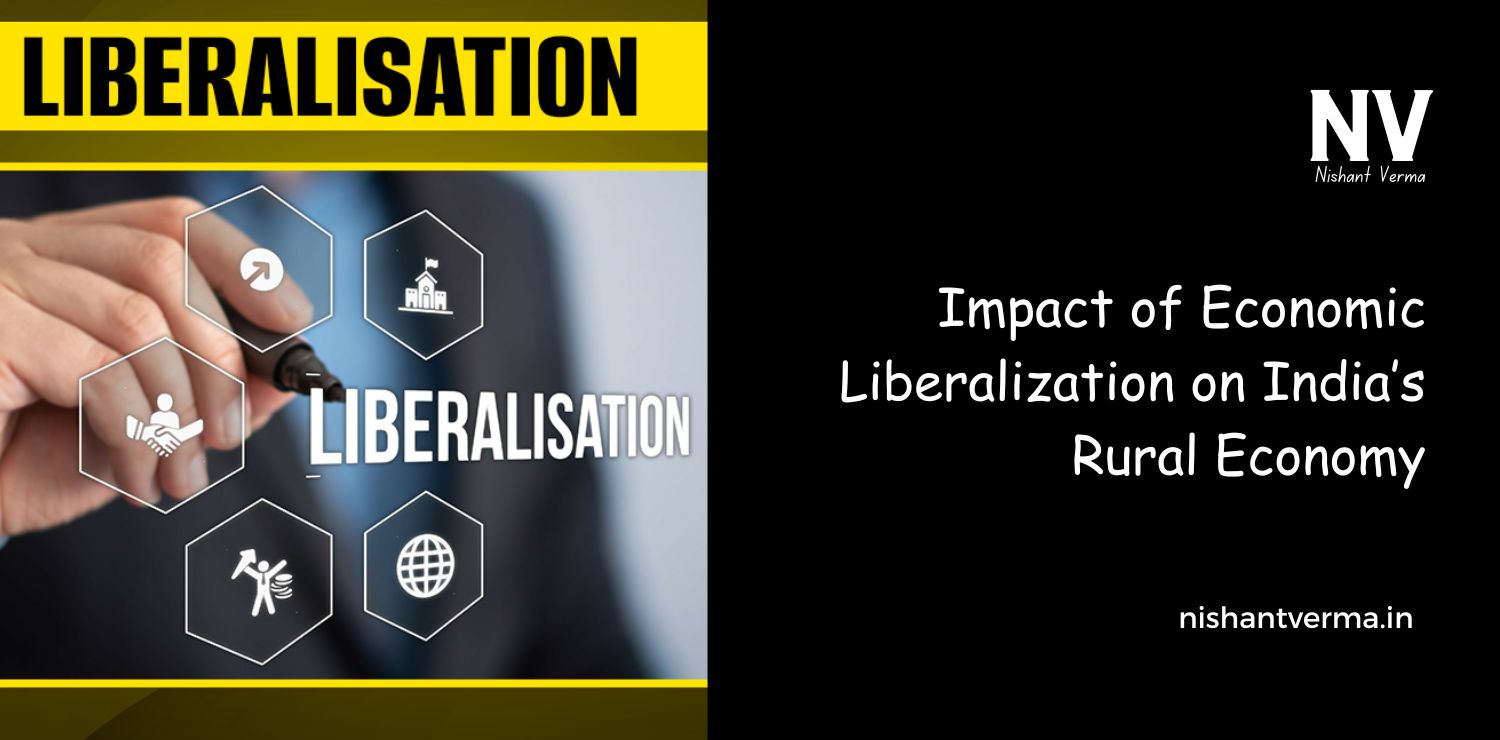The Accelerating Pace of E-Commerce Delivery
With the advent of e-commerce, the shopping experience has undergone a radical transformation. Gone are the days when people would patiently wait for weeks to receive their online orders. Today, rapid delivery timelines are becoming the new norm, especially in India. In just four short years, delivery times have shrunk from one-day shipping in 2021 to a mere five-minute delivery in 2024. While this trend seems exhilarating from a consumer standpoint, it also raises questions about the sustainability and impact of such rapid service advancements on businesses, employees, and logistics.
The Evolution of Delivery Speeds: From Days to Minutes
The timeline of rapid delivery evolution is nothing short of astonishing. Let’s take a closer look:
- 2021: 1-Day Delivery: Amazon Prime and Flipkart Plus revolutionized the concept of next-day delivery. It was a remarkable shift, as consumers could now order products one evening and have them delivered to their doorstep the very next day. This significantly boosted consumer satisfaction and set the standard for e-commerce companies in India.
- 2022: 90-Minute Delivery: Brands like BigBasket and Grofers (now Blinkit) started offering 90-minute grocery deliveries. This further intensified the competition, as consumers began expecting quicker and more convenient ways to fulfill their daily needs.
- 2023: 10-Minute Delivery: The emergence of ultra-fast delivery services by players like Zepto and Blinkit disrupted the market. They pioneered 10-minute deliveries for groceries and essentials, establishing a new benchmark that sent shockwaves through the industry.
- 2024: 5-Minute Delivery: As if 10 minutes wasn’t quick enough, 5-minute deliveries emerged. The speed race has reached unprecedented levels, with companies using high-tech logistics, AI-based inventory management, and hyperlocal warehouses to make it possible.

Why the Rush? Understanding the Drivers Behind Rapid Delivery
The question remains—why are e-commerce companies in such a rush to reduce delivery times? There are a few key drivers behind this phenomenon:
- Consumer Expectations: In today’s world, consumers have developed a craving for instant gratification. The faster they can receive a product, the more satisfied they feel. Shorter delivery times offer a sense of immediacy that drives repeat purchases and customer loyalty.
- Competitive Advantage: In a saturated market, speed is a major differentiator. Companies that can promise shorter delivery times stand out among competitors and capture a larger market share.
- Technological Advancements: With the development of AI, machine learning, and real-time inventory management, companies now have the tools to forecast demand and optimize delivery routes, making super-fast delivery possible.
- Changing Demographics: India’s growing population of young, tech-savvy consumers, who prioritize convenience, is pushing e-commerce companies to innovate at breakneck speeds.
- Increased Penetration of Internet and Smartphones: The widespread availability of affordable internet and smartphones has enabled more people in Tier-2 and Tier-3 cities to shop online. E-commerce companies, in turn, are enhancing delivery speeds to tap into these new markets and ensure a seamless experience.

The Logistics of 5-Minute Deliveries: How Do They Do It?
The logistical complexities of delivering a product within five minutes are mind-boggling. Companies are making significant investments in infrastructure and technology to meet these demands:
- Hyperlocal Warehousing: Setting up small, strategically located warehouses near high-demand areas ensures that the products are always within a short radius of consumers.
- Dark Stores: These are mini-warehouses set up in prime locations, solely dedicated to online orders. These stores stock high-demand products, making it easier to pick, pack, and deliver quickly.
- AI and Data Analytics: Advanced algorithms predict consumer behavior, enabling companies to pre-stock items in local warehouses based on anticipated demand. This minimizes delivery times and reduces the chances of products being out of stock.
- Delivery Riders and Drones: E-commerce companies are now employing a combination of delivery riders, bicycles, and even drones to cover short distances more efficiently and reduce the average delivery time.
Impact on India’s E-Commerce Landscape: Opportunities and Challenges
The surge in demand for ultra-fast deliveries has reshaped the Indian e-commerce landscape, presenting both opportunities and challenges:
Opportunities:
- Increased Sales and Customer Loyalty: Faster deliveries result in higher consumer satisfaction, which, in turn, leads to increased sales and brand loyalty.
- Job Creation: The boom in delivery services has created millions of jobs for delivery personnel, offering employment opportunities to people across urban and semi-urban areas.
- Boost for Hyperlocal Businesses: As e-commerce companies partner with local stores for faster deliveries, hyperlocal businesses are experiencing a significant boost in sales.
- Technological Advancements: The push for speed has driven innovations in logistics, warehousing, and last-mile delivery technologies.

Challenges:
- Sustainability Issues: Meeting ultra-fast delivery promises often means higher fuel consumption, increased carbon emissions, and a negative environmental impact.
- Pressure on Employees: The need to deliver faster places immense pressure on delivery personnel, leading to burnout, safety risks, and concerns over labor rights.
- Profitability Concerns: The cost of maintaining hyperlocal warehouses, stocking up inventory, and meeting delivery targets can eat into profit margins.
- Consumer Expectations: With every reduction in delivery time, consumer expectations continue to rise. This creates a cycle where companies have to constantly innovate to meet unrealistic expectations, leading to potential burnout.
The Future of E-Commerce Delivery in India: Where Do We Go From Here?
As companies push the boundaries of delivery speeds, one wonders—what’s next? Can we expect instant delivery within seconds, or is there a threshold?
- Drone Delivery and Autonomous Vehicles: Companies are already experimenting with drone and robotic deliveries. These technologies could further reduce delivery times, especially in densely populated areas.
- Decentralized Warehousing: A more decentralized network of warehouses spread across even smaller towns could bring delivery speeds down to unimaginable levels.
- Personalized Delivery Windows: Companies might start offering delivery windows tailored to individual preferences, ensuring deliveries happen at the exact moment a customer wants.
- Sustainability Initiatives: As companies focus on speed, there will be a growing emphasis on making these services environmentally sustainable, such as using electric vehicles, bicycles, or eco-friendly packaging.
Conclusion: The Impact of Rapid Deliveries on India’s Growth
India’s e-commerce sector has been on a meteoric rise, driven by consumer demand, technological innovation, and a fiercely competitive market. The transition from a one-day delivery in 2021 to a five-minute delivery in 2024 is indicative of the relentless pursuit of excellence and speed in the industry. While this shift presents immense opportunities, it also brings challenges that need to be addressed to ensure sustainable growth.
In the coming years, as e-commerce companies continue to battle it out to win the race of delivery speeds, the real question will be: can they maintain the balance between meeting consumer expectations and sustaining a healthy, profitable, and environmentally friendly business model? Only time will tell if the need for speed will stand the test of time.




